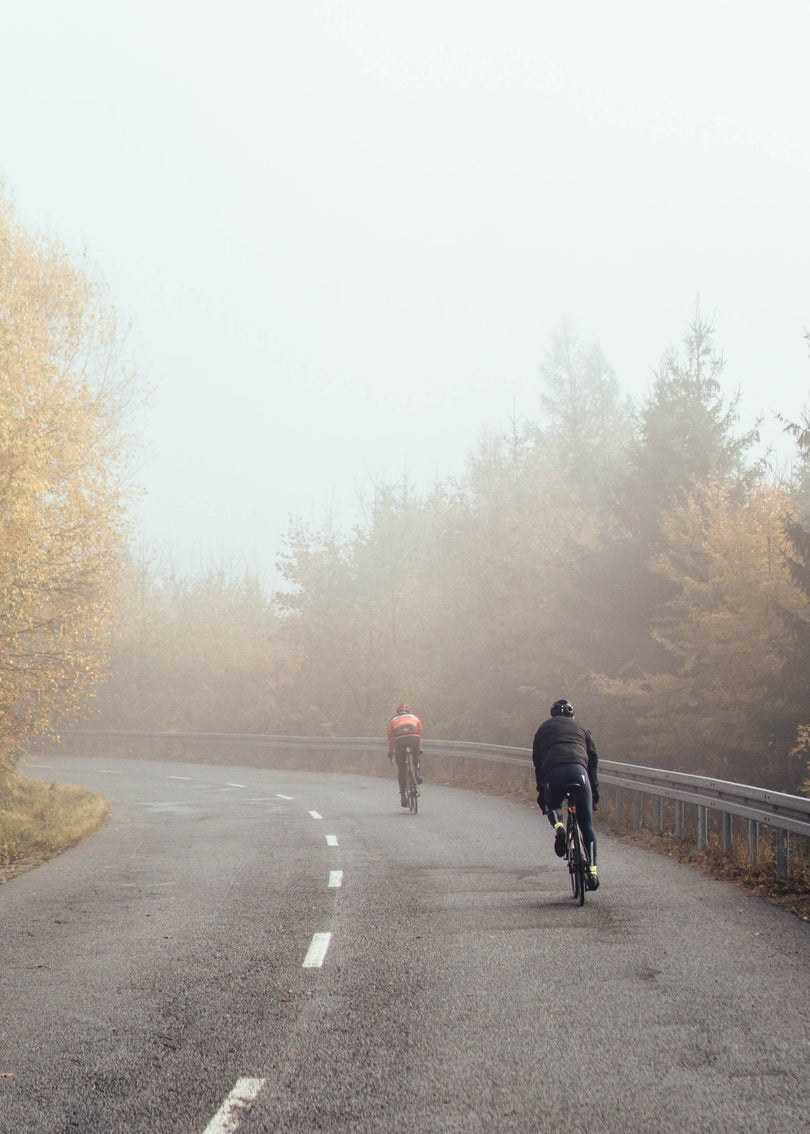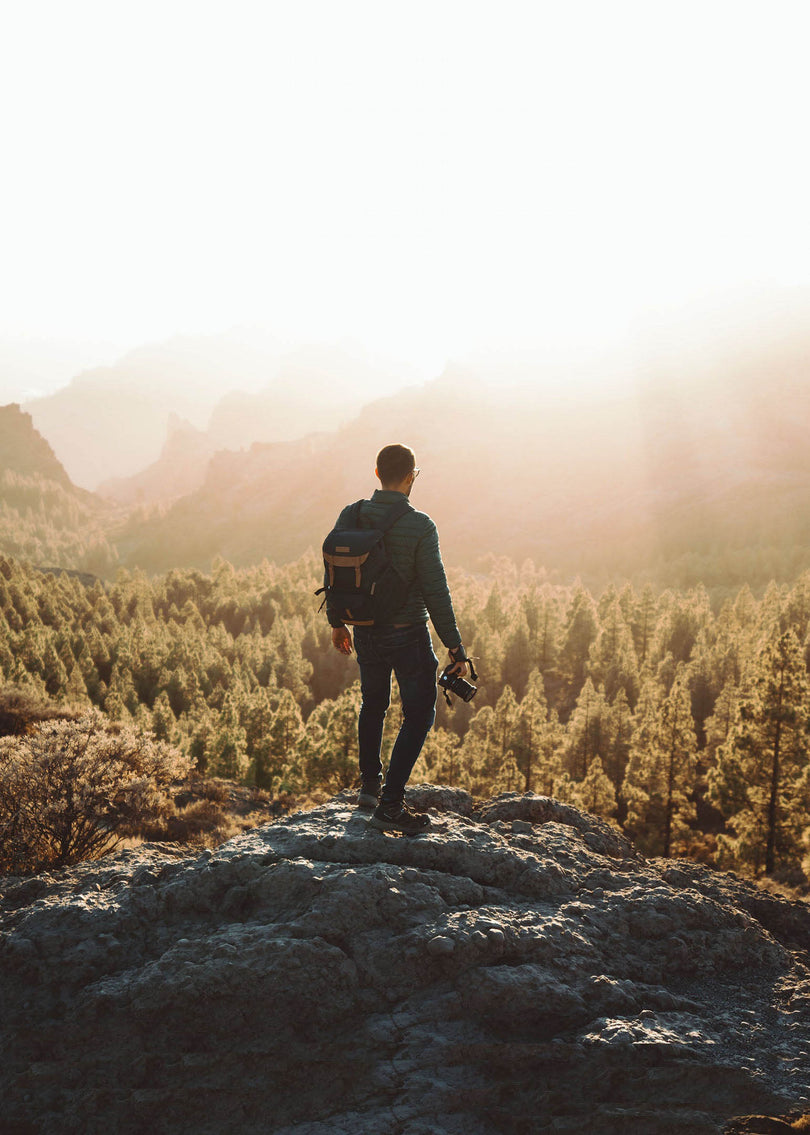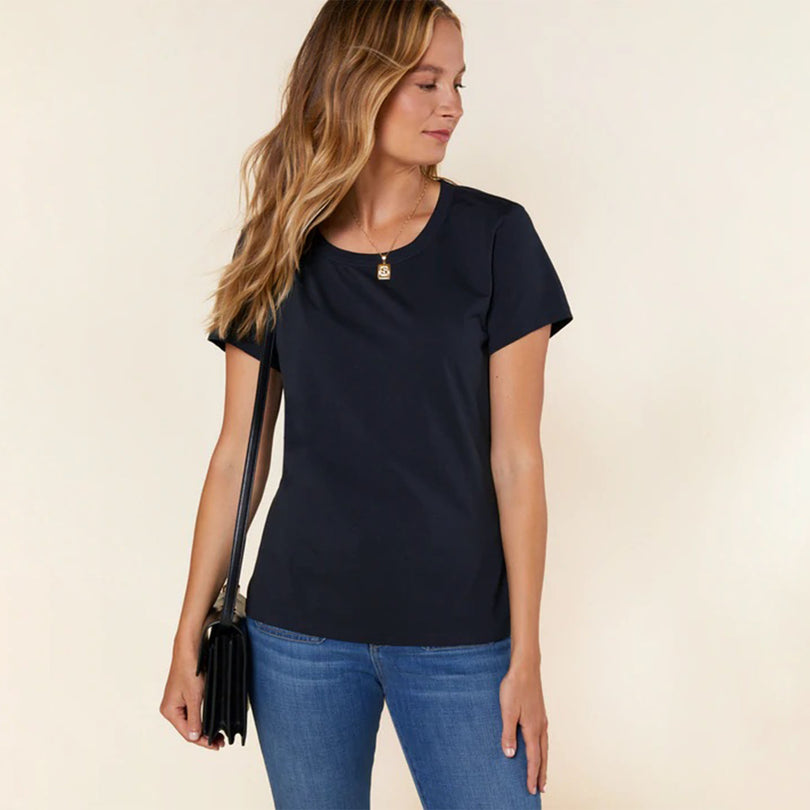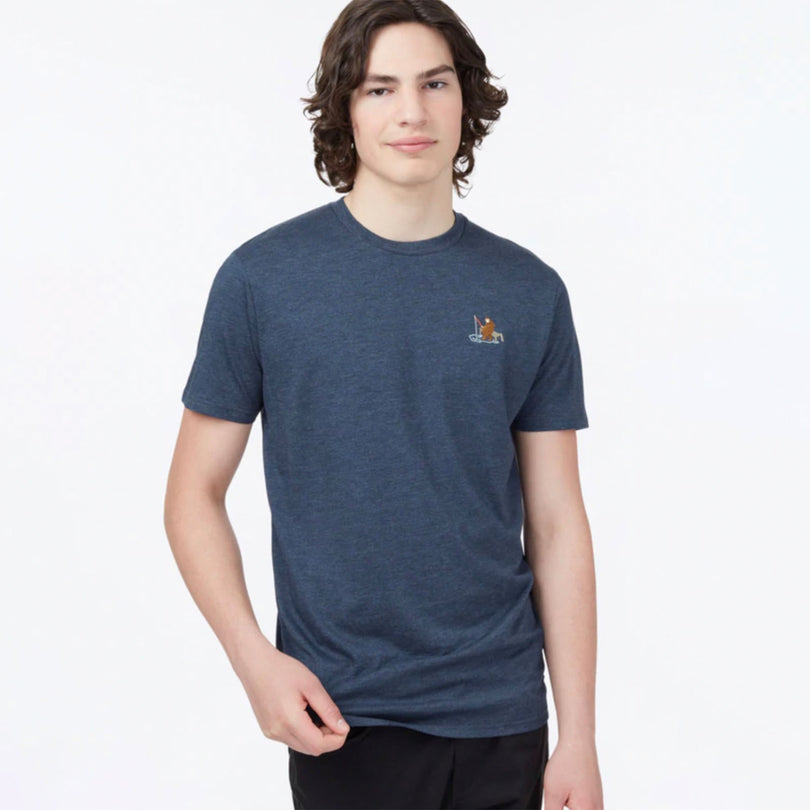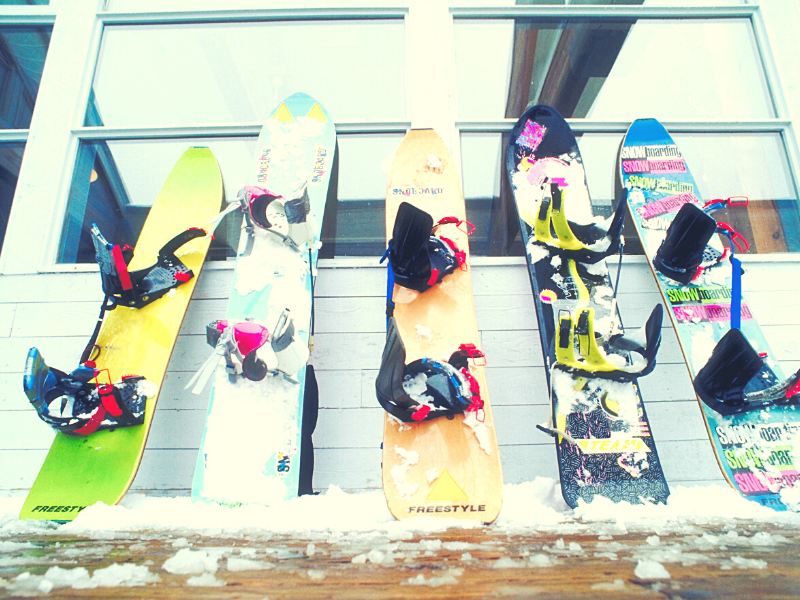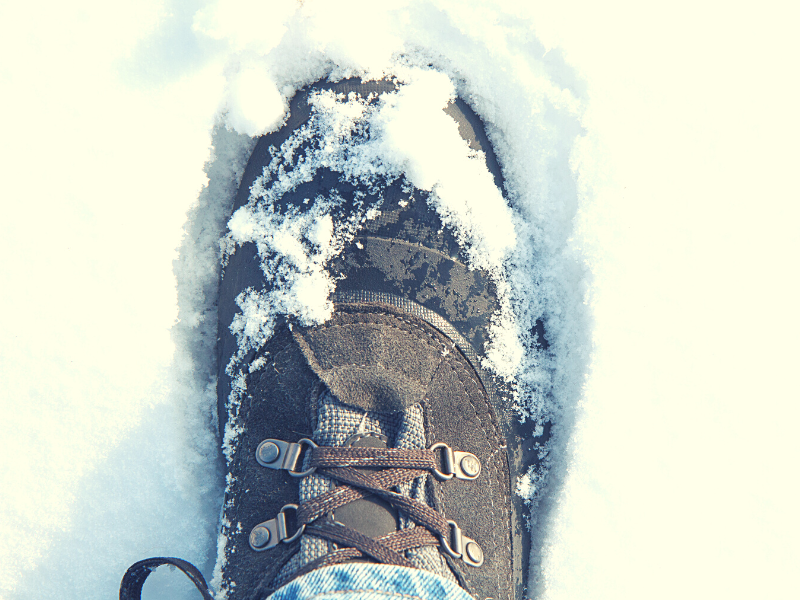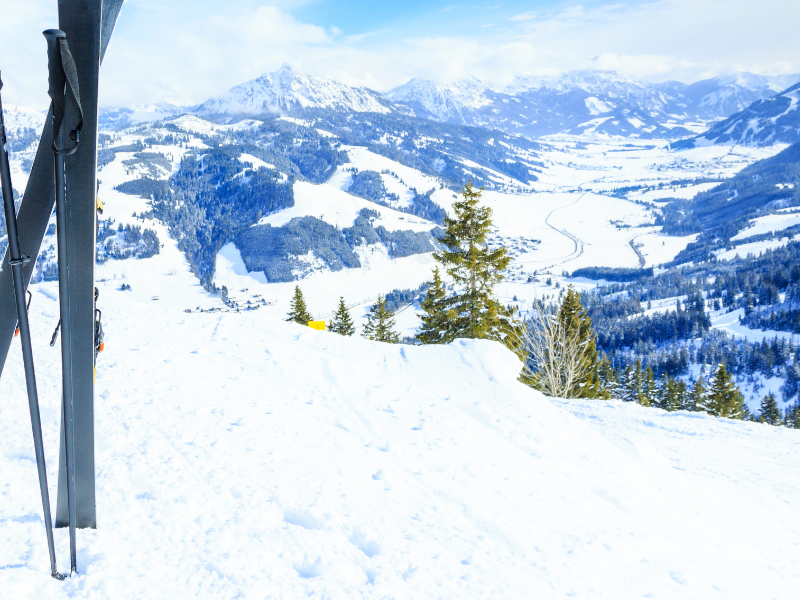It's no secret that snowboarding is one of the most popular winter sports around. What may be a surprise to some, especially beginners, is there are several different types of snowboard, each uniquely suited for various boarding conditions. So, what are the different kinds of snowboards then?
There are five types of snowboards, and they are as follows:
- Splitboard
- Powder
- Freeride
- Freestyle
- All-mountain
Depending on your riding style and preferences, one of these five boards will fit your needs. Naturally, you might wonder which one is right for you; read on to find out!
Check out Kenver's extensive selection of snowboards here:
Kenver's Snowboard Collection
The Pros and Cons of All 5 Types of Snowboards
In this post, we'll take a look at the different types of snowboards available, explain the pros and cons of each one, and how they can improve your riding experience. So whether you're a beginner or an experienced rider, by the end of it, you'll be ready to select the perfect board and hit the slopes with confidence
1. Splitboard Snowboard

Best Backcountry Snowboard
Splitboard snowboards are unique but are exactly what they sound like - a board that splits in two, essentially creating two separate boards. This way, when you're riding in deep powder and need to go uphill (a.k.a. skinning), you can simply split the board in half, and wear each half like a ski.
Splitboards include skins that attach to either ski along the base via an adhesive. The purpose of the skins is to enhance your traction so you can travel up a ski hill on the board.
The best part is, when it's time to ride downhill again, you just snap the boards back together and you're ready to ride.
Features of Splitboard Snowboards
A few key components to consider for splitboards are width, shape, and weight.
A splitboard's width should lean to the wider side than your everyday snowboard. You'll want to use a combination of your boot size and maximizing width for floatation to determine the right waist width for your splitboard.
Shape's another important consideration - you'll need to choose either a directional or directional twin. The general approach to this is picking the shape that matches your typical snowboard.
So if you ride a directional board, you'll want to use that shape for your splitboard.
And finally, weight is a critical factor to consider as you want your splitboard to be as light as possible without compromising durability. A lighter board will make climbing and touring way easier.
Famous For: Adaptability
This one is a bit too obvious given the name and description, but being able to move in the backcountry is critical, and the confines of a traditional snowboard are too impractical.
Splitboards are highly adept at riding in backcountry terrain that your average snowboard cannot easily traverse. These "slopes" are often untouched and exist far outside the confines of your typical ski resort.
So there is no lift to the top; you'll need to hike or skin your way up. And while that might sound like a lot of extra work, it's well worth it when you get to experience some of the most beautiful and secluded places on earth - you may be the first and only human to ever ride that mountain, which is a reward enough.
Pros of Splitboards:
- Best for backcountry terrain
- Highly maneuverable
- Easy to store and transport
Cons of Splitboards:
- More expensive than traditional boards or snowshoes
- Takes more time to put together/take apart
- Not ideal for beginner riders (but neither is backcountry)
Rider Experience: Expert
The backcountry isn't for everyone, and it certainly isn't for beginners. If you're just starting, getting comfortable with your skills on traditional terrain before venturing into the backcountry is highly recommended.
This means that a splitboard isn't going to be the right board to purchase for beginners.
So, if you're an experienced rider and looking for an adaptable board to help you drop cliffs in the backcountry, a splitboard is definitely the way to go.
2. Powder Snowboard

Best Deep Powder Snowboard
Powder snowboards, as the name suggests, are designed specifically for riding in powder - those delightful deep piles of freshly fallen snow.
They tend to be wider than your average board, which gives you more surface area to float on top of the powder. This is one exception to the snowboard-width truism - where boot size dictates the width of your board.
Features of Powder Snowboards
In addition to being a wide board, there are a few important features that make for great powder snowboards.
Most powder boards have a rockered profile, which means the nose and tail of the board are lifted off the snow slightly. This design helps you stay afloat and maneuver easily in powder.
Powder boards also tend to have a tapered shape, which means they're narrower at the tips than they are at the bindings. This gives you better control while making turns in deep powder.
A powder snowboard is typically shorter than most snowboards. This isn’t by a significant margin, but enough for enhanced maneuverability when on the slopes.
Finally, powder snowboards are built quite flexibly, especially around the nose, which is surprisingly soft. To offset this, the tail is usually stiffer.
Famous For: Floatation
With a wide powder snowboard, the increased surface area helps you maintain float, so when you ride over powder, rather than crush it with your powder snowboard, you stay atop it.
And the best powder boards on the market today offer incredible floatation, helping you stay on top of even the deepest powder.
If you're someone who loves to find untracked powder and ride it all day long, a powder board is an excellent choice for you.
Pros of Powder Boards:
- Great for deep powder
- Rockered profile for easy maneuvering
- Tapered shape for better control
Cons of Powder Boards:
- Not the best choice for beginners
- Can be difficult to ride in packed powder or crud
Rider Experience: Intermediate/Expert
Powder boards are not the easiest boards to ride, which is why they're not recommended for beginners.
But if you've got some seasons and slopes under your belt, and you're able to mostly ride in powder-rich areas, a powder board can take your riding to the next level.
3. Freeride Snowboard

Best Snowboard For Speed
Freeriding is a style of snowboarding where the rider does tricks, jumps, and tree runs. Usually, this form of boarding requires very powdery snow.
You may ride on steep slopes, powder, trees, moguls, steeps and through narrow chutes - basically, any terrain or condition that isn't groomed, and you might find in the backcountry.
Yet, all while accumulating as much speed as possible, underscoring the importance of wearing a helmet that fits you properly. Regardless of whether it's compulsory or not, which in nearly every instance if you're an adult, wearing a helmet won't be compulsory.
Getting down from the soapbox - freeride snowboards help you go extremely fast through extremely challenging terrains.
Features of Freeride Snowboards
The board has a sintered, specially-designed base meant for riding over flat areas and gliding smoothly on the snow. Freeride boards are designed for stability at high speeds - the profile is built for holding edges yet maintaining stability.
They tend to be on the longer side, which gives you more stability, and they're also quite stiff. This stiffness allows you to make tighter turns while maintaining speed and also provides better edge hold on hard-packed snow.
The directional shape of a freeride snowboard is tapered so you can take a more aggressive approach to your boarding as freeriding so often calls for. Since these boards are directional, you can’t interchange one end or another, as one end is designed for aiming downhill and the other end is not.
And finally, freeride snowboards will usually have a stiffer flex pattern than other boards, with a more flexible nose. This design allows you to float over powder and make turns easily.
Famous For: Speed and Stability
Freeride boards are designed to go fast and provide the stability you need to make quick turns. If you're someone who loves to charge down the mountain and ride through chutes and trees, a freeride board is the best snowboard for you.
Pros of Freeride Boards:
- Excellent for speed
- Good for powder
- Great for stability
Cons of Freeride Boards:
- Not the best choice for beginners
- Can be difficult to ride in icy conditions
Rider Experience: Expert
Freeriding is not recommended for beginners - just think of speed and trees. It's a dangerous combination, even with the best helmet and board.
It's a challenging style of riding that requires confidence, skill, and experience.
But if you have all three of those attributes, and you're someone who loves a good challenge and isn't afraid to go fast, freeriding is for you.
4. Freestyle Snowboard

Best Snowboard For Tricks
Freestyle snowboarding is all about performing tricks - spins, flips, grabs, and the like.
It can be done in the park or out of the park.
Most terrain parks will have a mix of small and large features, so you can practice your tricks on whatever size obstacle you're comfortable with. As you progress and get better at performing tricks, you'll be able to move on to larger and more challenging features.
The key to freestyle riding is having a board that's lightweight and maneuverable so you can perform all your tricks with ease.
What's the Difference Between Freestyling and Freeriding?
Freestyling is more reliant on tricks than freeriding, but most importantly, speed is not nearly as much of a concern with freestyling as it is with freeriding. Rather, freestyling is mostly about practicing and perfecting a trick or improving one’s skills. Additionally, each style has a unique board.
Features of Freestyle Snowboards
Freestyle boards are shorter and more maneuverable than other types of boards, which makes them ideal for performing tricks. They're also lighter, so you can easily throw them around when you're trying to perform a spin or a flip.
Even though freestyle snowboards are typically shorter, they will often have a wider waist, increasing surface area to help land difficult stunts. Most freestyle snowboarders ride in the center, which improves their balance on what is a shorter board.
The flex pattern on a freestyle board is softer than other boards, and one of its most differentiating factors, which makes it easier to press for performing tricks. In other words, the board will move with you as you try new tricks.
The flexibility also makes a freestyle snowboard more forgiving so beginners can ride and make as many mistakes as required to improve.
Freestyle snowboards are decent in powdery snow, but are far less useful in hard, packed snow, where speed and stability both take a nosedive.
Famous For: Tricks
Freestyle boards are designed for riders who want to perform tricks and don't necessarily care about speed. If you're someone who loves to ride in the terrain park and hit the half-pipe, a freestyle board is the best snowboard for you.
Pros of Freestyle Boards:
- Great for tricks
- Lightweight and maneuverable
- Soft flex makes it easier to press
Cons of Freestyle Boards:
- Not the best choice for powder
- Can be difficult to ride in hard, packed snow
Rider Experience: Beginner to Intermediate
Freestyling is a great way to improve your snowboarding skills and learn new tricks. Because of its flexibility and maneuverability, it can be great for some beginners. That's not to say freestyling is great for beginners, just a freestyle board.
One area of caution to beginners looking at a freestyle board is that you'll lose stability, which is usually a big area of struggle for a new rider.
5. All-Mountain Snowboard

Best Do-It-All Snowboard
One of the most common types of snowboards you’ll find, an all-mountain board is also incredibly beginner-friendly - even more so than a freestyle snowboard. You probably guessed that all-mountain boards are designed to perform well in all conditions, whether you're riding in the park, on groomers, or in powder.
They have a good mix of features that make them versatile and easy to ride, which is why they're one of the most popular types of boards.
Features of All-Mountain Snowboards
An all-mountain board is going to be either a twin board or a directional board. With a twin, you can ride either end without affecting its performance - just like a freestyle snowboard. This is less about doing tricks and more about making an all-mountain snowboard more suitable for beginners.
The second subset of all-mountain snowboards is the directional board. As you’ll recall, a directional snowboard has a designated front and back and is intended to be ridden in only one direction.
A directional snowboard will always be a little less beginner-friendly but not so difficult once you know which side of the board is which.
The side cut of an all-mountain snowboard is relatively deep while the directionality of the board offers a good degree of flex. Riders usually set back somewhat from the center of the snowboard.
An all-mountain snowboard will typically have a medium-stiff flex, which means it will offer some flexibility for pressing and doing tricks but also provide good stability at high speeds.
The nose is often slightly wider on an all-mountain board to help with powder riding while the tail is usually tapered to make turning easier.
Famous For: Versatility
An all-mountain board is a great option for someone who wants a versatile snowboard that can handle any terrain. If you're someone who likes to ride in the park, on groomers, and in powder, an all-mountain board is probably the best choice for you.
This board is a great way to discover which type of terrain you feel most comfortable riding in.
Pros of All-Mountain Boards:
Great for any terrain
Flexible and stable
Good for beginners
Cons of All-Mountain Boards:
Not the best choice for powder
Can be difficult to ride in hard, packed snow
Rider Experience: Beginner to Intermediate
An all-mountain board is a great way to ease into the sport of snowboarding. With its versatility, you can try out different types of terrain and find what you like best. You can also use an all-mountain board to improve your skills before moving on to a more specialized board.
Getting slope reps in with an all-mountain board is the best starting point for any rider.
Which Type of Snowboard Will You Choose?
With so many unique snowboard styles to select from, there truly is something for every type of rider. So how do you choose?
Your level of experience is important, as some boards are certainly more difficult to use than others, but, if you're new, an all-mountain snowboard is hands down the best choice.
As you acquire more experience, you can let your preferred terrain or style of riding be your guide in the next type of snowboard you buy.
Check out Kenver's extensive selection of snowboards here:
Kenver's Snowboard Collection

